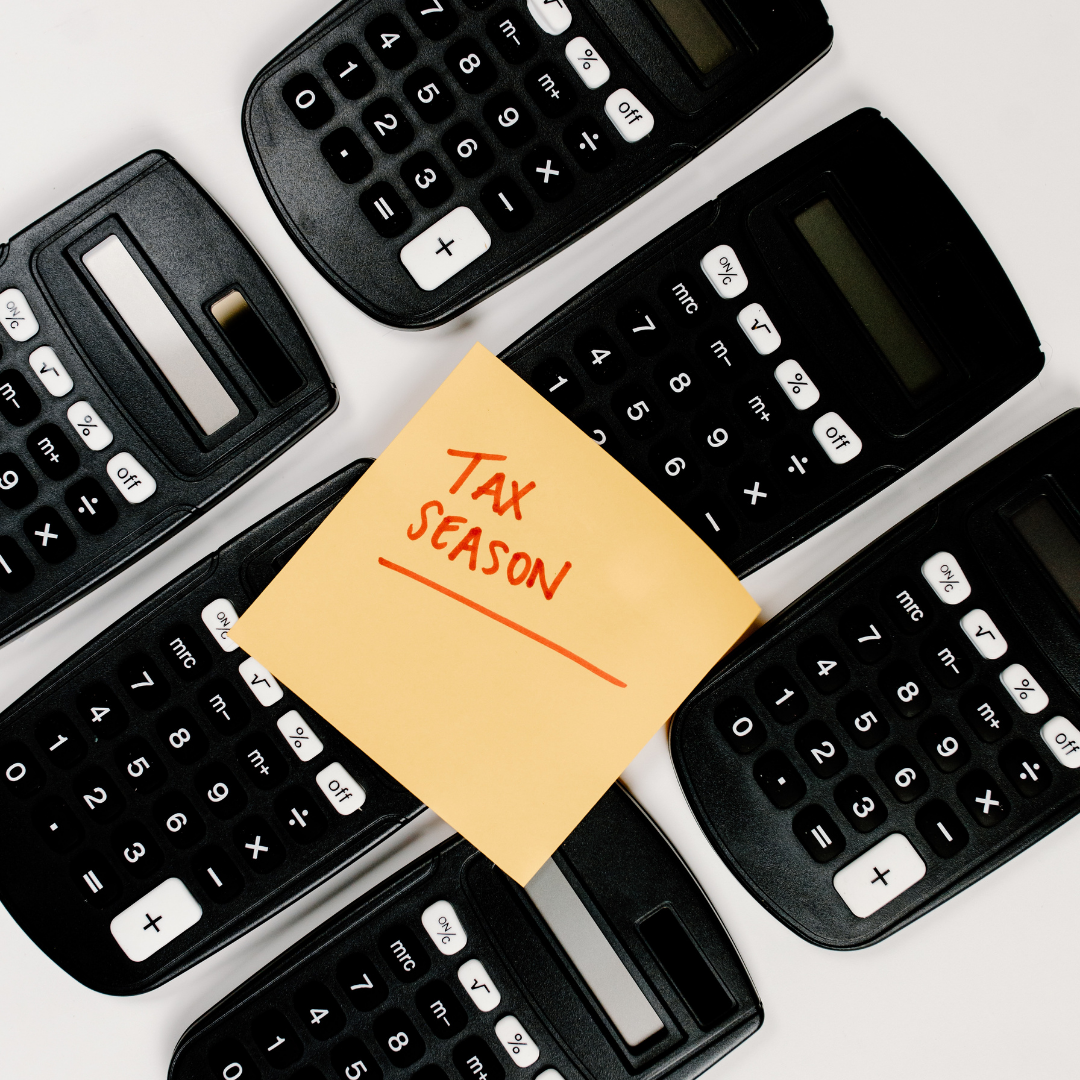It is known that all governments levy taxes on the income an individual earns. This is known as income tax. Salary earners are required to file their income tax returns annually according to the stipulated rate by their state or central governments. However, the estimated tax is a little different. In some places, a standard rate of the amount is withheld from the salaries paid out to employees in order to remit to the government, based on form W-4. This is termed Withholding.
By holding back a particular amount of wages from the employee paychecks, the tax liability on the employees reduces at the end of the year. While this mechanism works well for salaried workers, the same can’t be applied to the self-employed population.
The class of earners that do not depend on salaries (like freelancers) need to follow a separate taxation regimen in order to comply with income tax laws and regulations. This taxation for freelance and self-employed earners is done through the process of estimated tax. Since this class of earners does not have any withheld income that is remitted to the government, they need to voluntarily file their income taxes using a different methodology underestimated tax guidelines.
Let’s understand this in detail by going over the following discussions:
- What is Estimated Tax?
- Who Needs to Pay Estimated Tax?
- Who Doesn’t Need to Pay Estimated Tax?
- How to Figure Estimated Tax?
- Estimated Tax for Business Owners
- When to Pay Estimated Tax?
- Underpayment Penalty for Estimated Tax
What is Estimated Tax?
Estimated tax is a tax payable on a quarterly basis by independent earners such as freelancers, independent contractors, or small business owners. Since there is no liability of withholding from their incomes, these earners are required to pay their income tax four times a year. Estimated tax is also levied on any other earners who have an income not subject to withholding, for example, income from dividends, rents, income on interests, and through capital gains.
Estimated tax is figured on the reported income of the filer for the period that he is filing the tax. Since this income is an estimate of the earnings of an individual during that period, it is also required that they file an annual tax return that is based on their exact earnings for the year gone by. In case the estimated tax filed was underpaid, the filer then proceeds to submit the full paperwork to clear the deficit through paying the balance. In case the estimated tax was overpaid, the filer can apply for reimbursement.
There are some other forms of income as well that are liable for estimated taxes is retirement benefits and unemployment compensation, as well as Social Security benefits that are taxable.
Estimated tax is paid up in four quarters in a year, and they aren’t evenly distributed. The first quarterly payment is three months long, the second is only two months long, the third is also a three-month-long quarter, while the last estimated tax is figured over the remaining four months for the last quarter.
The estimated tax that an individual files must amount to at least 90% of the tax liability of the filer, failing which the delinquent amount is subject to penalties and interests. It is, therefore, absolutely crucial to properly calculate the estimated tax in order to avoid penalties due to underpayment.
Who Needs to Pay Estimated Tax?
Estimated tax is applicable to any income earned that is not subject to withholding. On any normal day, the following types of earners are liable to file their estimated tax quarterly each year in the event they are likely to owe the government over $1,000:
- Freelancers or individuals
- Sole proprietors
- Partners
- Shareholders of S Corporations
Estimated Tax for Individuals
Individuals need to follow Form 1040-ES, Estimated Tax for Individuals. The ambit of this estimated tax covers individuals that fall under the following categories:
- Resident aliens and US citizens
- Residents of the US Virgin Islands, Puerto Rico, the Commonwealth of Northern Mariana Islands, Guam, and the American Samoa
- Non-resident aliens, based on Form 1040-ES (NR)
Estimated Tax for Corporations
Corporations liable to pay estimated tax need to follow Form 1120-W for checking their liability. The following corporations are subject to filing their estimated taxes:
- Whose estimated tax is likely to be equal to or higher than $500
- S Corporations need to pay their estimated taxes according to the rules specified in form 1120-S, US Income Tax Return for an S Corporation
- Certain tax-exempt corporations and trusts and domestic-private foundations must also pay estimated tax for certain taxes
Who Doesn’t Need to Pay Estimated Tax?
There are no liabilities to pay estimated tax if you are a salaried worker and your remuneration is subject to withholding. Individuals receiving salaries or wages can avoid having to pay an estimated tax by filling the Form W-4 provided by their employers. In this form, there is a blank space wherein the individual can write in the amount he wishes to be withheld from the salary towards tax.
In case you receive paychecks, you can avoid having to pay estimated tax by checking whether the amount withheld from your compensation is the right amount towards taxes. This can be done by using any tax withholding estimator. This tool helps determine the right withholding amount, preventing the scenario of paying estimated taxes.
Additionally, if you meet all of the three conditions listed below, you are exempt from paying the estimated taxes for the current year:
- There was no tax liability on you the year prior
- You were residing in the US for a whole year or were a US citizen
- Your prior tax period had the term of 12 months
If you are an individual qualifying all three of these points, you don’t need to file estimated tax.
How to Figure Out Estimated Tax?
In order to ensure that you are paying the right amount of taxes (and avoid underpayment penalties and interests), it is important to understand how estimated tax is figured. You need to have these numbers handy to be able to accurately figure your estimated tax so that it amounts to at least 90% of the liability:
- Expected adjusted gross income
- Taxable income
- Taxes
- Deductions
- Credits
These figures should all correspond to the current year. The values for income, deductions, and credits for the previous year work just fine to estimate the taxes for the current year. The Federal tax return works as an excellent guide to give you a place to begin. You can use the worksheet appended in Form 1040-ES to guide you in the calculation of estimated tax. Here is the list of calculations you would need to follow to calculate deductions and self-employment taxes for the estimated tax worksheet:
- Enter expected income and profits subject to estimated tax
- Enter other special incomes such as farm income, retirement benefits, unemployment benefits, enter your expected Conservation Reserve Program payments according to Form 1040 and Form 1065
- Subtract the values in points (1) and (2)
- Multiply the result by 92.35% (0.9235)
- Multiply the result by 2.9% (0.029)
- Enter the maximum income from Social Security tax
- Enter the wages you expect (if you are subject to Social Security Tax, or the 6.2% Tier-1 railroad retirement tax)
- Subtract values in points (6) and (7)
- Enter the smaller value of points (4) and (8)
- Multiply the value in point (9) by 12.4%. If the value in point (8) is zero or lesser, skip this point and jump to the next.
- Add the values in points (5) and (10). This is the value of the self-employment tax to be filled into the estimated tax worksheet on Form 1040-ES
- Multiply the value in point (11) by 50%. This is the value of the deduction to be filled in the estimated tax worksheet
Data Needed for Estimated Tax Worksheet
You need to have the following data handy to fill into your estimated tax worksheet:
- Expected adjusted gross income for the current year
- Deductions
- Taxes
- Alternative minimum tax
- Credits
- Self-employment tax
- Other taxes
- Credits
- Annual payment to avoid penalty
- Income tax withheld and estimated to be withheld for the current year
When to Pay Estimated Tax?
Estimated tax is a pay-as-you-go tax that is paid quarterly on fixed dates every year. Taxpayers are required to pay their taxes through withholding or through estimated taxes (or a combination of both) in order to avoid non-payment. In case the taxes fall short of at least 90% of the liability, there are underpayment penalties with interest on the amount that is delinquent.
Estimated tax dates are applicable as follows:
- First-quarter: January 1st to March 31st – April 15th
- April 1st to May 31st – June 15th
- June 1st to August 31st – September 15th
- September 1st to December 31st – January 15th of the new year
In case there is a marked holiday on any of these dates, the tax filing then moves to the very next business day. There are many ways you can go through with paying your estimated tax:
- You can send in your estimated tax payment via email along with Form 1040-ES
- You can pay online on the IRS website
- You can pay through the phone using the IRS2Go application
- You can use the Electronic Federal Tax Payment System (EFTPS) which is the most convenient option of all
Conclusion
Estimated taxes are an important part of assisting the government to help make living better and deliver better services to the citizens. If your salary is not subject to withholding, then you are probably eligible for paying estimated tax. You need to check Form 1040-ES to understand the terms of payment. Paying them on time ensures that you do not incur penalties that underpayment makes you liable for.
Key Takeaways
- Estimated taxes are subject to individuals that have incomes other than salaries that are not subject to withholding. These can also be corporations, depending on the terms specified by the IRS
- Forms 1040-ES (individuals) and Form 1120-W (corporations) are the forms you need to check to calculate your estimated tax accurately in order to avoid penalties. There is a worksheet provided in Form 1040-ES that helps you calculate the tax with as much accuracy as possible
- In case the estimated tax falls short of the liable amount, you are eligible for penalties. In case you overpay, you can apply for reimbursement with the IRS
- There are many ways you can pay your estimated tax, including online payments, payment via email, through IRS2Go mobile app, or the EFTPS
Related Articles












